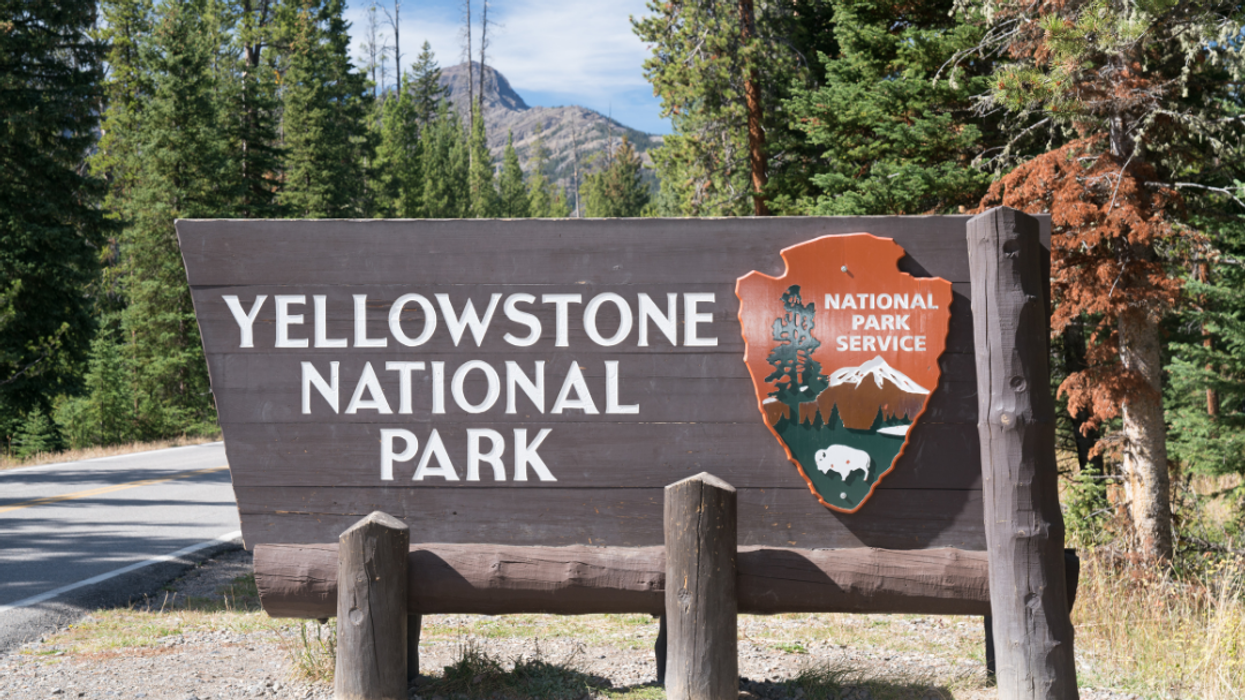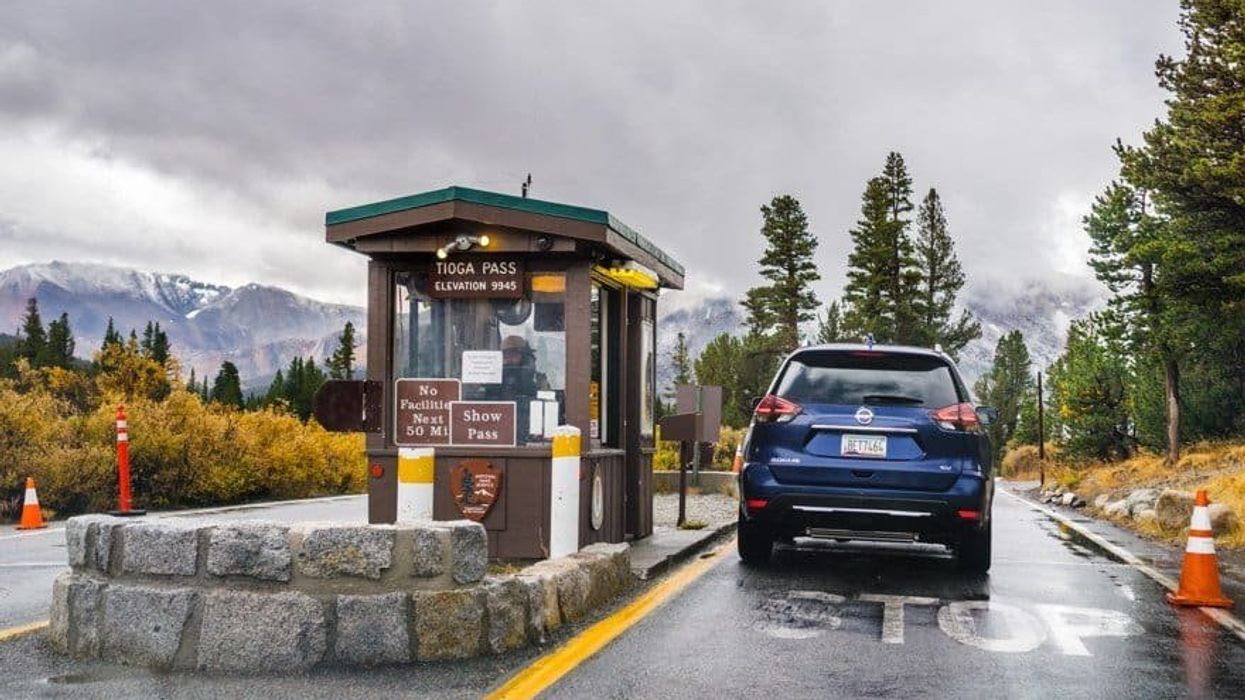"We were robbed": Unexpected rejects from the U.S. National Park System
“If the silver discovery hadn’t happened...Lake Tahoe almost certainly would have been a national park."

Lake Tahoe was almost a national park, but politics got in the way.
You know the adage, “Always a bridesmaid, never a bride.” Well, something similar happens out in the wild: not every natural wonder gets to become a national park. For every Yellowstone or Yosemite national park, there are dozens of equally jaw-dropping American landscapes that were denied this coveted designation—and the unparalleled federal protection that comes with it.
From Lake Tahoe’s radiant blue waters to the fossil-rich canyons of Dinosaur National Monument, there are dozens of breathtaking natural beauties across the country that are just that: natural beauties with thriving ecosystems, but not national parks. Behind each rejection, there’s always a fascinating story of politics, competing financial interests, and a constantly changing definition of what “deserves” national protection waiting in the wings.

Often called “the Jewel of the Sierra,” or “Ocean in the sky,” Lake Tahoe is a marvel. Visitors of the 2-million-year-old lake enjoy pristine snow-capped peaks, gorgeous pine trees, and the prettiest, clearest water imaginable. Mark Twain even wrote of Lake Tahoe, “I thought it must surely be the fairest picture the whole earth affords.” Naturally, many people—including Lake Tahoe’s biggest advocate, conservationist John Muir—fought for Lake Tahoe to become a national park, and multiple attempts were made from the 1880s and 1930s.
The problem? Virginia City, Nevada in 1859.
Eighteen hundred and fifty-nine was the year silver was discovered there, and as local historian David Antonucci explains, “If the silver discovery in Virginia City hadn’t happened, the course of history in Lake Tahoe would have been a lot different. It almost certainly would have been a national park."

The resulting mining rush altered Lake Tahoe’s landscape forever, most significantly impacting the tall, ancient trees that dotted the Tahoe Basin, which were systematically chopped down to build mine shafts. Twenty years later, it was estimated that more than 33 million board feet of timber were being cut down annually. To put that into perspective, that’s the equivalent of 2,749,999 cubic feet: the amount of wood required to fill 1,150 shipping containers or 88,000 Olympic-sized pools.
Due to this massive degradation of Lake Tahoe’s precious resources, the National Park Service later concluded that the extensive tourism and land development had compromised the lake’s nature beyond repair, ruling it unsuitable for national park designation.

Why do places seek national park status in the first place? Lake Tahoe has no ego; the land itself does not seek fame, fortune, or glory. But there are several incentives both for the land and the surround communities that make the fight for national park status worth it. National parks enjoy certain VIP privileges, including an army of park rangers and maintenance crews provided by the federal government.
National parks, like the scenic Great Smoky Mountains National Park, Grand Canyon National Park, and Zion National Park, are protected to the highest degree possible against resource extraction, land development and other harmful practices. The are nothing short of astounding: miraculous havens for animals and native plants, flourishing wildlife habitats, and the preservation of vital cultural resources.
Then, there’s the tourism aspect: another powerful motivation for communities to support national park designation is the incredible bump in sightseers—paying visitors—that begin to arrive. National parks are tourist magnets, with Great Smoky Mountain National Park welcoming more than 12 million visitors in 2020. It’s the type of tourism that can turn a rural town into a bucket list destination and economically alter a community forever. Think of the last national park you visited and the crop of tourism-related businesses that surrounded it: lodging, restaurants, themed retail stores, guided tours, and more.


Sadly, Dinosaur National Monument is another destination that never enjoyed national park status and the plethora of perks that come with it. Nestled in the rugged borderlands straddling Colorado and Utah, this huge national treasure spans over 210,000 acres—that’s larger than Bryce Canyon and Zion National Park combined. The natural wonder features an unparalleled 800 paleontology sites and the Carnegie Quarry, which boasts a 150-million-year-old wall full of roughly 1,500 exposed fossilized dinosaur bones.
Dinosaur National Monument also offers astonishing views of the nighttime sky, deeming it an International Dark Sky Park (IDSP) in honor of its exceptional nocturnal environment and supreme views of the cosmos. Obviously, this archaeological beauty would be a shoo-in for national park status, right?

Unfortunately, meddling outside forces struck again: after multiple attempts, Dinosaur National Monument has not been formally rejected as a national park, but it's progress has been stalled for a long time due to local opposition. Commissioners and stakeholders in the area feared that a national park designation would jeopardize their various ranching and energy investments and blocked any attempts to elevate Dinosaur National Monument to national park status.
Becoming a national park is no walk in the park. Rules are scrupulous, community support is vital, and the power of public perception matters. In many ways, that’s a good thing: the National Park Service’s uncompromising criterion ensures precious American tax-payer money is reserved for only the most exemplary resources in the country, both natural and cultural, in a world that, increasingly, seeks to destroy them. But what of Lake Tahoe, Dinosaur National Park, Silver Falls in Oregon, or the Adirondack Mountains?
For reasons that have nothing to do with their importance, significance, or natural beauty, these landscapes lack national park designation and the protections that come with it. But that doesn’t mean they’re not worth visiting. So, the next time you’re planning a nature trip, consider adding these beauties to your list. You just might be pleasantly surprised.
This article originally appeared in May.
- Climate change is not a partisan issue. So, let's stop treating it like one. ›
- Former NPS director sounds alarm on the 'systematic dismantling' of America's national parks ›
- National Park Ranger Betty Reid Soskin just retired at age 100. That's right, 100. ›
- This TikTok account is trying to save our national parks by making them sexy. Literally. - Upworthy ›

